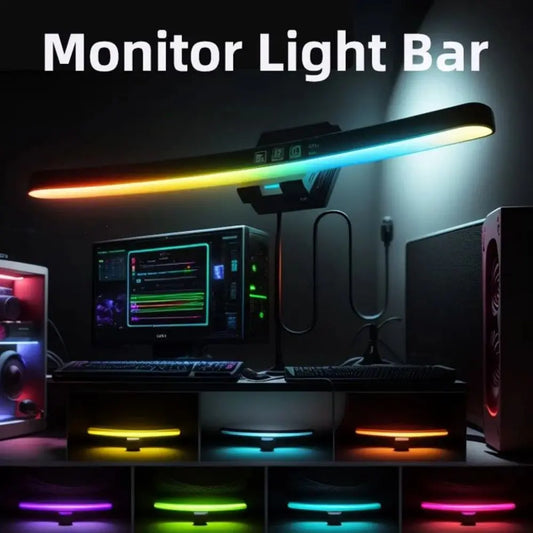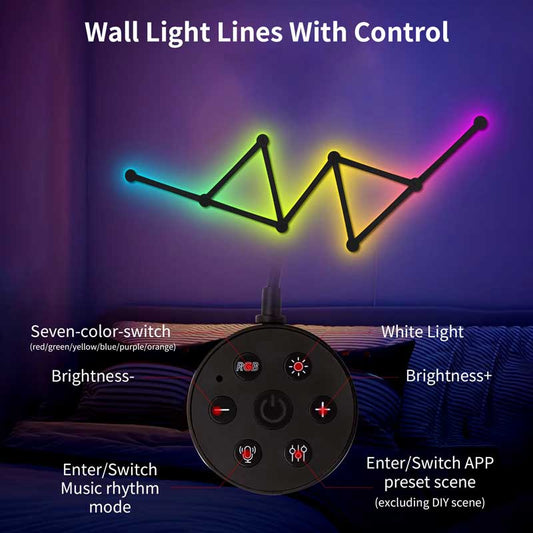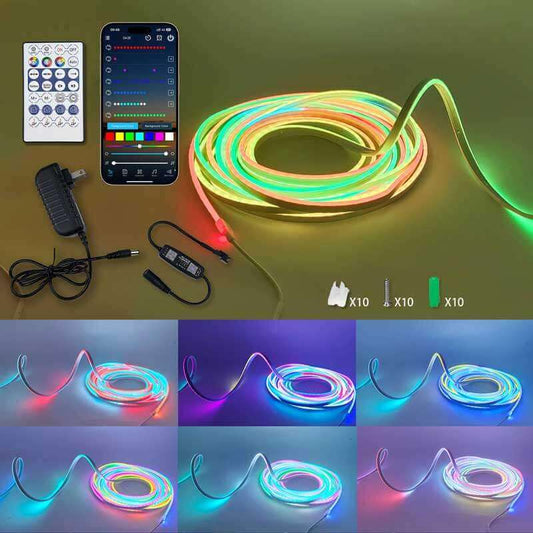How do you solve Christmas lights problem?
Share
Solving Christmas lights problems can involve a range of issues, from burnt-out bulbs to wiring issues or even unwanted light pollution. Here’s a guide to troubleshooting and resolving common Christmas light problems:
1. Burnt-Out Bulbs or Sections Not Working
-
Check for Burnt-Out Bulbs: If a section of your lights isn’t working, the problem is often a burnt-out bulb. In many traditional incandescent light strings, one burnt-out bulb can cause an entire section to go dark. With LED lights, the problem is typically more localized and often easier to identify.
- Solution: Replace any burnt-out bulbs with the correct replacement (make sure they’re the same type and voltage). If the bulb is soldered or cannot be easily removed, check if the fuse in the plug is faulty.
-
Check the Fuse: Many light sets come with a fuse located in the plug. If the fuse blows, it could cause the entire string of lights to stop working.
- Solution: Unplug the lights, check the fuse, and replace it with a new one if necessary (spare fuses are usually provided in the packaging).
- Test the Bulbs: If only certain bulbs are not working, try shaking the light string or gently wiggling the bulbs. Sometimes, they may not be securely connected. If you can locate the defective bulb, replace it.
- Use a Light Tester: If you're not sure which bulb is causing the issue, a light tester (available at hardware stores) can help you pinpoint the problem.
2. Lights Not Turning On
-
Check for Loose Connections: Sometimes, the problem may be a loose connection between strings of lights or at the plug.
- Solution: Unplug and reconnect the lights, making sure all the connectors are securely attached. If the problem persists, check the plug and connectors for any visible damage.
-
Replace the Plug: If the lights don’t turn on at all and the fuse is intact, the problem could be with the plug or the wiring itself.
- Solution: Check the plug for any visible damage or wear. If it’s faulty, you may need to replace the plug with a new one.
3. Flickering Lights
-
Loose Bulbs or Wires: Flickering lights often result from a loose bulb or loose wiring somewhere along the strand.
- Solution: Check the bulbs and the wiring to ensure everything is securely connected.
-
Power Supply Issues: Sometimes, flickering can happen if the lights are connected to a weak power source or an overloaded extension cord.
- Solution: Ensure that you’re not exceeding the maximum wattage rating for your extension cords and power outlets.
4. Overloaded Circuit or Blown Fuse
-
Overloaded Circuit: If you’ve plugged in too many light strands into a single outlet or extension cord, it can cause the circuit to overload or trip a fuse in the lights.
- Solution: Avoid daisy-chaining too many strings of lights together. Always check the maximum wattage for your extension cords and circuits. If necessary, plug the lights into separate circuits to prevent overload.
-
Check the Fuse: Many outdoor Christmas lights have a fuse inside the plug that can blow when too many lights are plugged in.
- Solution: If the fuse blows, simply replace it with a new one (a spare is usually included with the lights).
5. Christmas Lights Are Too Bright or Disturbing Neighbors
-
Light Pollution: If your outdoor Christmas lights are too bright or are disturbing your neighbors, it’s important to adjust their brightness or location.
-
Solution:
- Use dimmer switches or timer-controlled outlets to reduce light output or turn the lights off at night (after a reasonable hour).
- Shields or covers can be placed on lights to direct them away from neighbors' windows.
- Change the color or reduce the intensity of lights if the brightness is too much for your neighborhood.
- Use motion sensors or timers to limit how long lights are on each night.
-
Solution:
6. Excess Length of Christmas Lights
- If you find yourself with excessive light strands or too many lights for the space, consider the following:
-
Solution:
- Use timers to control when the lights turn on and off.
- If you don’t want to cut the lights (especially for LED lights), fold or tuck the excess neatly behind the tree or in a safe corner.
- If cutting the lights is an option (for customizable LED strips), make sure to follow the manufacturer’s guidelines and only cut along the marked lines.
-
Solution:
7. Broken Bulbs or Damaged Strands
-
Damaged Strands: Over time, wires and bulbs can become frayed or damaged, especially if they are left outdoors in harsh weather.
- Solution: If the strands are old or worn, it’s safer to replace the entire string of lights rather than trying to repair them. For newer strands, ensure you check each wire carefully for any breaks, and replace damaged bulbs.
8. Weather-Related Issues
-
Wet Conditions: If it’s raining, snowing, or extremely humid, your Christmas lights could be affected by the moisture.
- Solution: Make sure to use weatherproof outdoor lights and keep all plugs covered. Use waterproof extension cords and weatherproof covers for outdoor outlets to keep moisture out.
-
Cold Temperatures: LED lights are usually better in cold conditions, but incandescent bulbs may break more easily in very low temperatures.
- Solution: Opt for LED lights that are specifically rated for outdoor and winter use.
9. Timers Not Working Properly
-
Timers: If your light timers aren’t working, the issue could be a faulty timer or wrong settings.
- Solution: Double-check the timer settings and ensure that the timer is rated to handle the wattage of your lights. If it’s malfunctioning, replace the timer with a new one.
10. Switch to Energy-Efficient LED Lights
- Solution: If your Christmas lights are using too much energy or causing problems with your power bill, consider switching to LED lights. These lights use far less energy, last longer, and are safer for long-term use.
Conclusion:
To solve Christmas lights problems, start by identifying the issue—whether it’s a burnt-out bulb, an overloaded circuit, or a faulty fuse. Regular maintenance and using the right lights for the job can help you avoid most common issues. And, always consider timers, energy-efficient LED lights, and weatherproof setups for long-term use and peace of mind.




